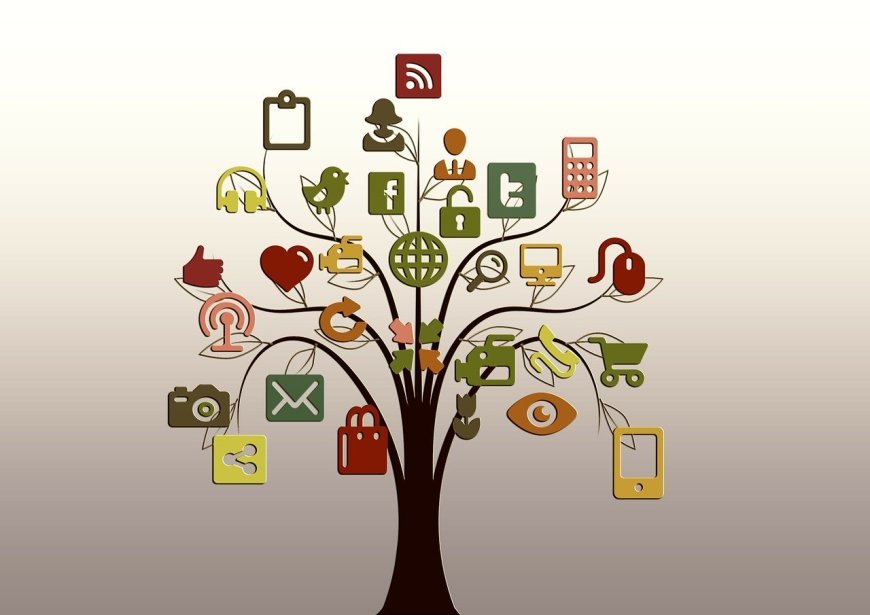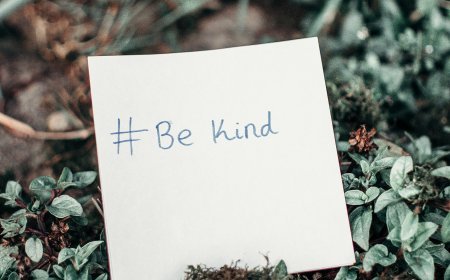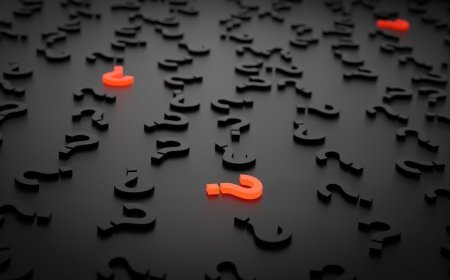Social Media: A Double-Edged Sword
In the 21st century, social media platforms have become ubiquitous, fundamentally transforming how we communicate, connect, and consume information.

While offering unparalleled opportunities for global connectivity and self-expression, the pervasive influence of platforms like Instagram, Facebook, and TikTok has also raised significant concerns about their impact on mental health, presenting a complex and often contradictory landscape.
On one hand, social media can be a powerful tool for fostering connection and combating loneliness. For individuals with niche interests, those in remote areas, or marginalized communities, these platforms can provide a sense of belonging and a supportive network that might otherwise be difficult to find. They can facilitate social movements, spread awareness, and even provide a platform for mental health advocacy and support groups. During times of crisis, social media often serves as a vital communication channel and a source of solidarity.
However, the dark side of social media's influence is increasingly evident. The constant exposure to carefully curated, often idealized, portrayals of others' lives can lead to social comparison theory, fostering feelings of inadequacy, envy, and low self-esteem. This "highlight reel" phenomenon can create an unrealistic benchmark, particularly for adolescents who are already navigating identity formation. Cyberbullying, a pervasive issue on these platforms, can have devastating psychological consequences, leading to anxiety, depression, and even suicidal ideation.
Furthermore, the addictive nature of social media, driven by algorithms designed to maximize engagement, can contribute to fear of missing out (FOMO), sleep deprivation, and reduced real-world social interaction. The constant demand for validation through "likes" and comments can erode self-worth and promote an external locus of control. The spread of misinformation and the echo chambers created by personalized feeds can also contribute to stress and polarization.
Addressing these challenges requires a multi-faceted approach. Individuals can practice digital well-being by setting boundaries, curating their feeds, and engaging in mindful consumption. Parents and educators have a role in teaching media literacy and fostering healthy online habits. Technology companies bear a responsibility to design platforms that prioritize user well-being over engagement metrics, and policymakers can explore regulations to mitigate harm. Ultimately, navigating the double-edged sword of social media requires a conscious effort to harness its benefits while safeguarding our mental well-being.
What's Your Reaction?
 Like
0
Like
0
 Dislike
0
Dislike
0
 Love
0
Love
0
 Funny
0
Funny
0
 Angry
0
Angry
0
 Sad
0
Sad
0
 Wow
0
Wow
0





















